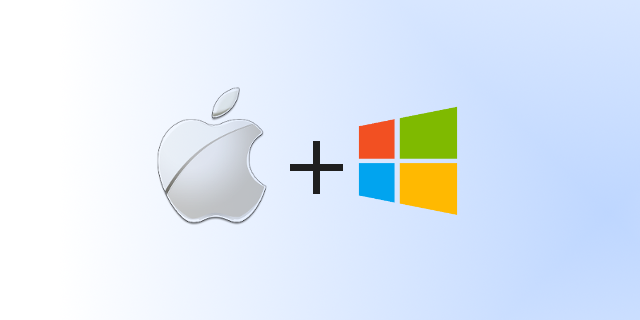

Prelinkedkernel - Install OS X El Capitan.app\Contents\SharedSupport\InstallESD.dmg\InstallMacOSX.pkg\InstallESD.dmg\5.hfs\OS X Install ESD\BaseSystem.dmg\OS X Base System\System\Library\PrelinkedKernels\prelinkedkernelĬom. – is an XML file that must be generated. Below you can find the full DMG path for boot.efi, prelinkedkernel and the explanation for īoot.efi - Install OS X El Capitan.app\Contents\SharedSupport\InstallESD.dmg\ InstallMacOSX.pkg\InstallESD.dmg\5.hfs\OS X Install ESD\BaseSystem.dmg\OS X Base System\System\Library\CoreServices\boot.efi The UEFI firmware doesn’t require any MBR tinkering to boot a usb drive, because there is no MBR. This step takes longer time and dont want to go with this. As per my knowledge I have to first install Snow Leopard then install the latest OS X in whatever way (clean or upgrade). This is all that is needed to boot the USB drive. For this task I have to make a USB or DVD that boots from my PC. The USB drive will be recognized as bootable by the MAC bootloader if it contains the following file structure:

Partition 1 is now the selected partition.ĭiskPart successfully formatted the volume. You should be able to recognize it by its size.ĭiskPart successfully converted the selected disk to GPT format.ĭiskPart succeeded in creating the specified partition. Now select the disk number that represents your flash drive. Execute the command below highlighted with bold text.

Make bootable mac usb in windows how to#
How to create a bootable mac USB from Windows.


 0 kommentar(er)
0 kommentar(er)
